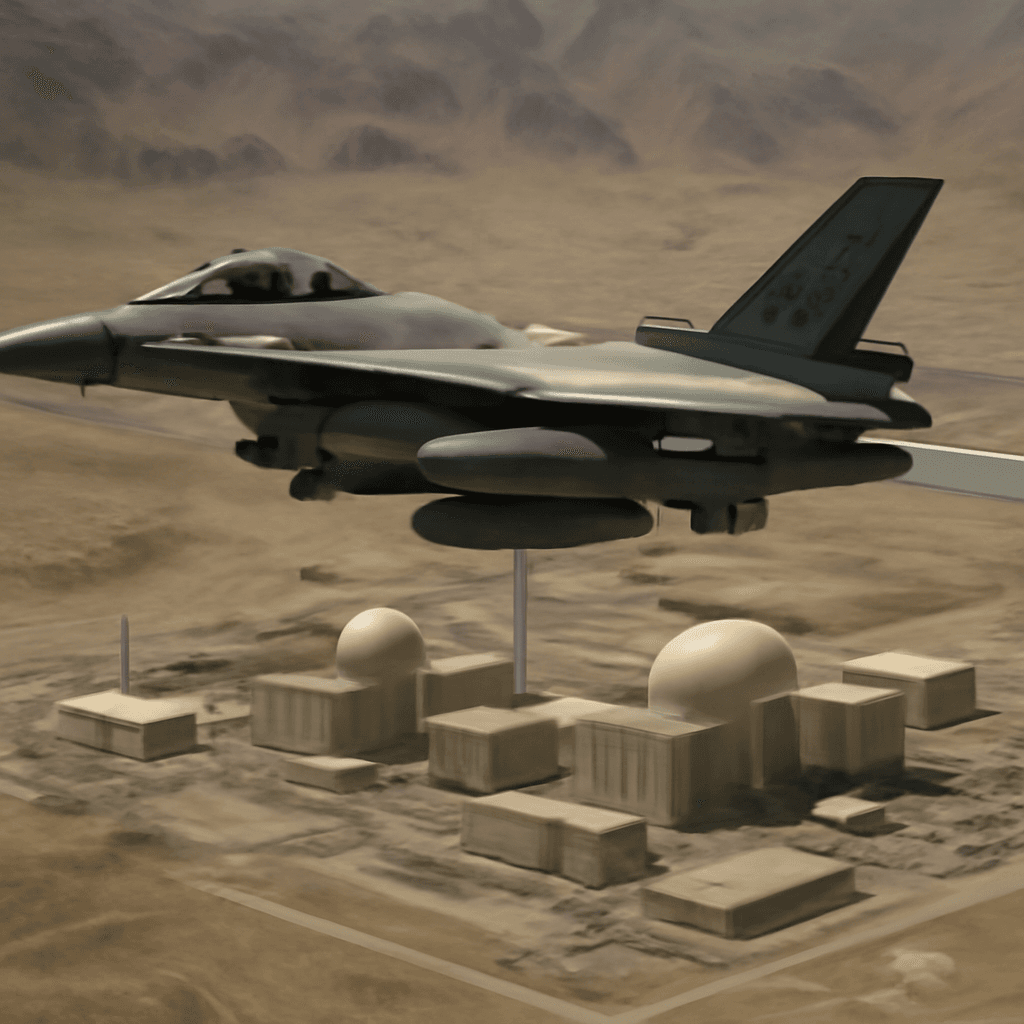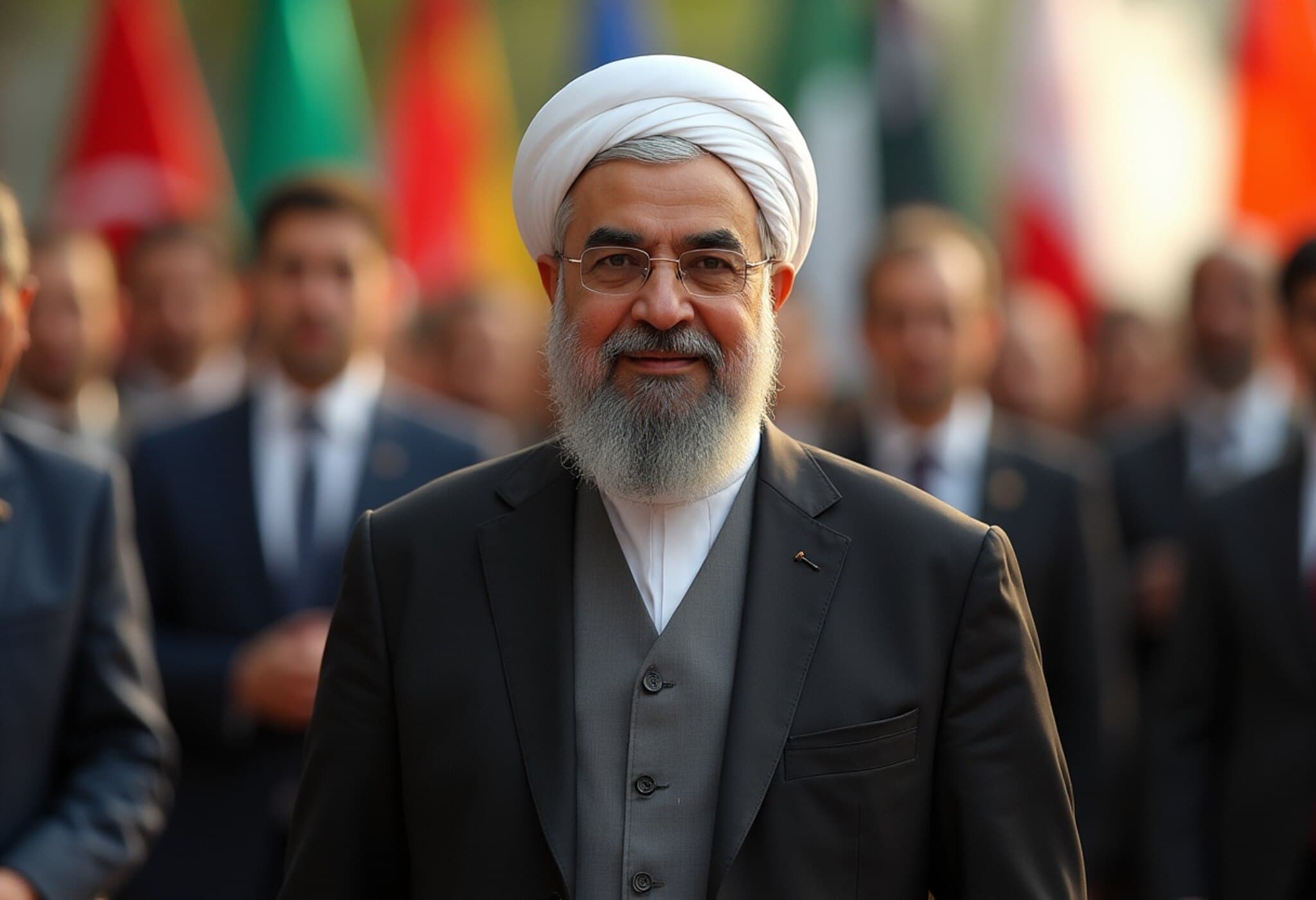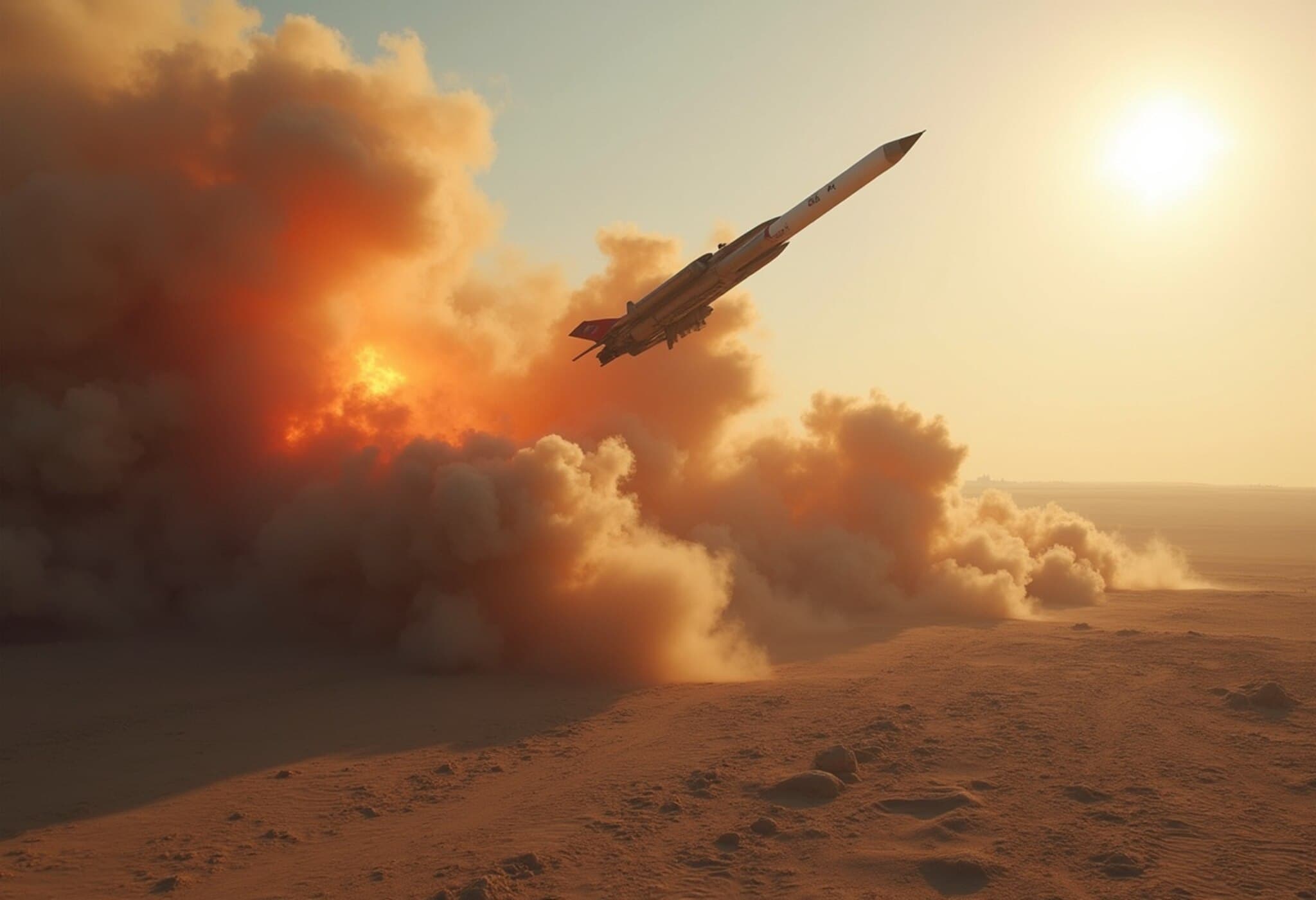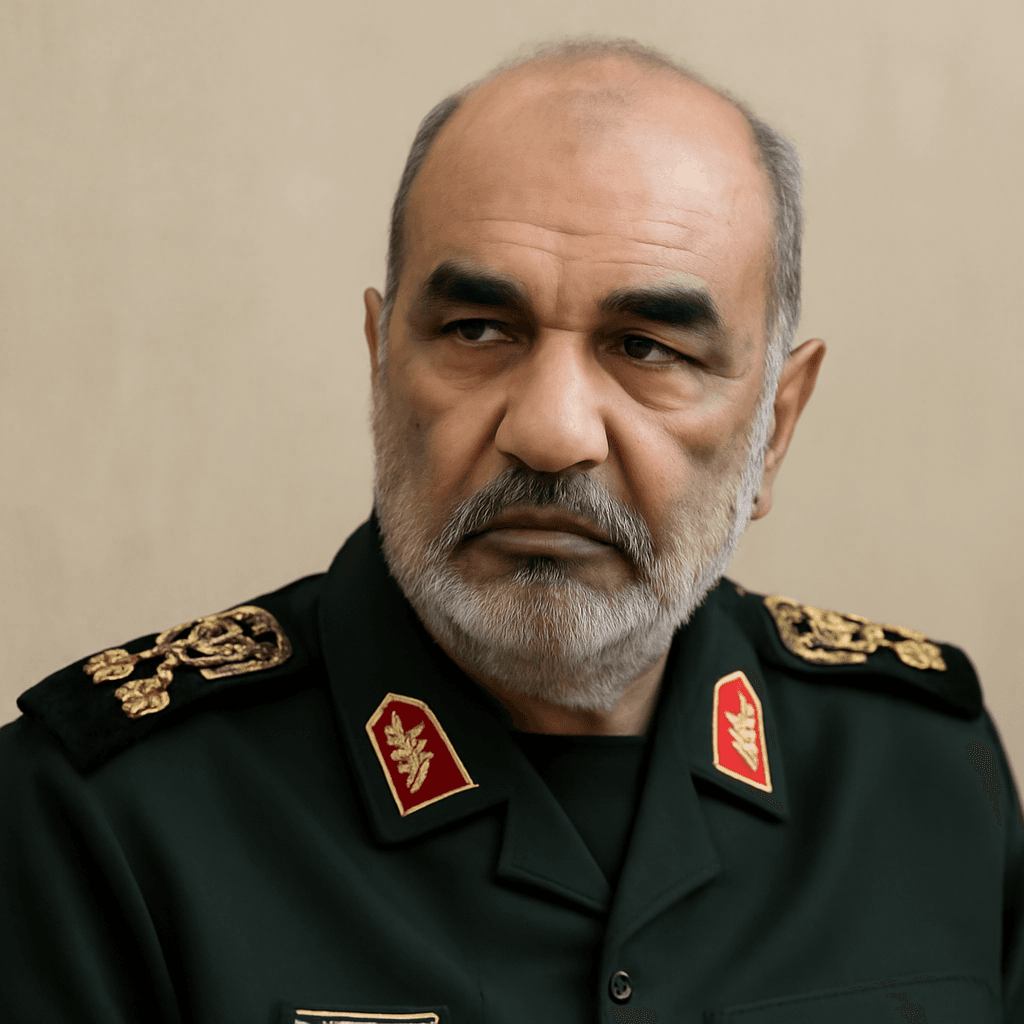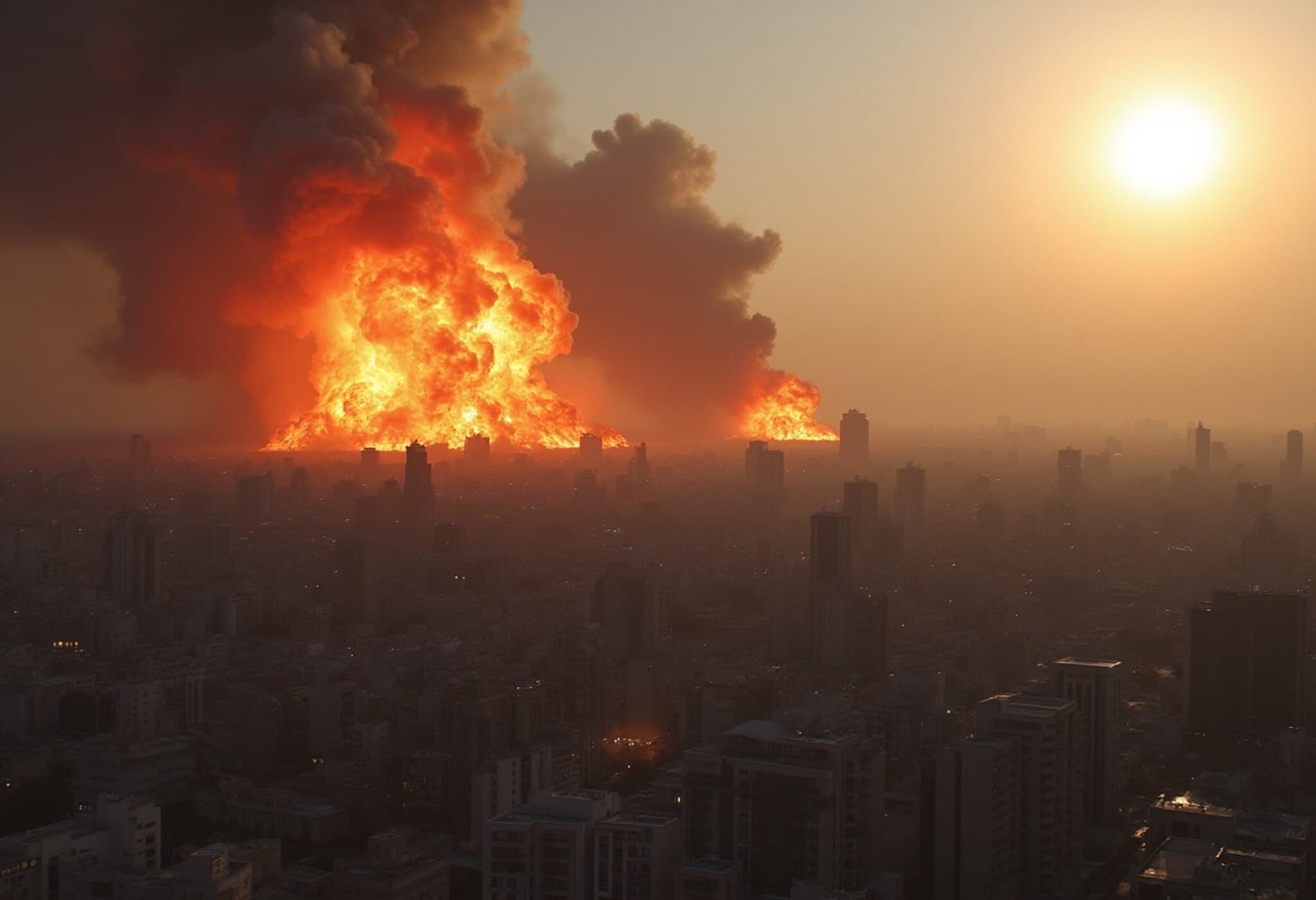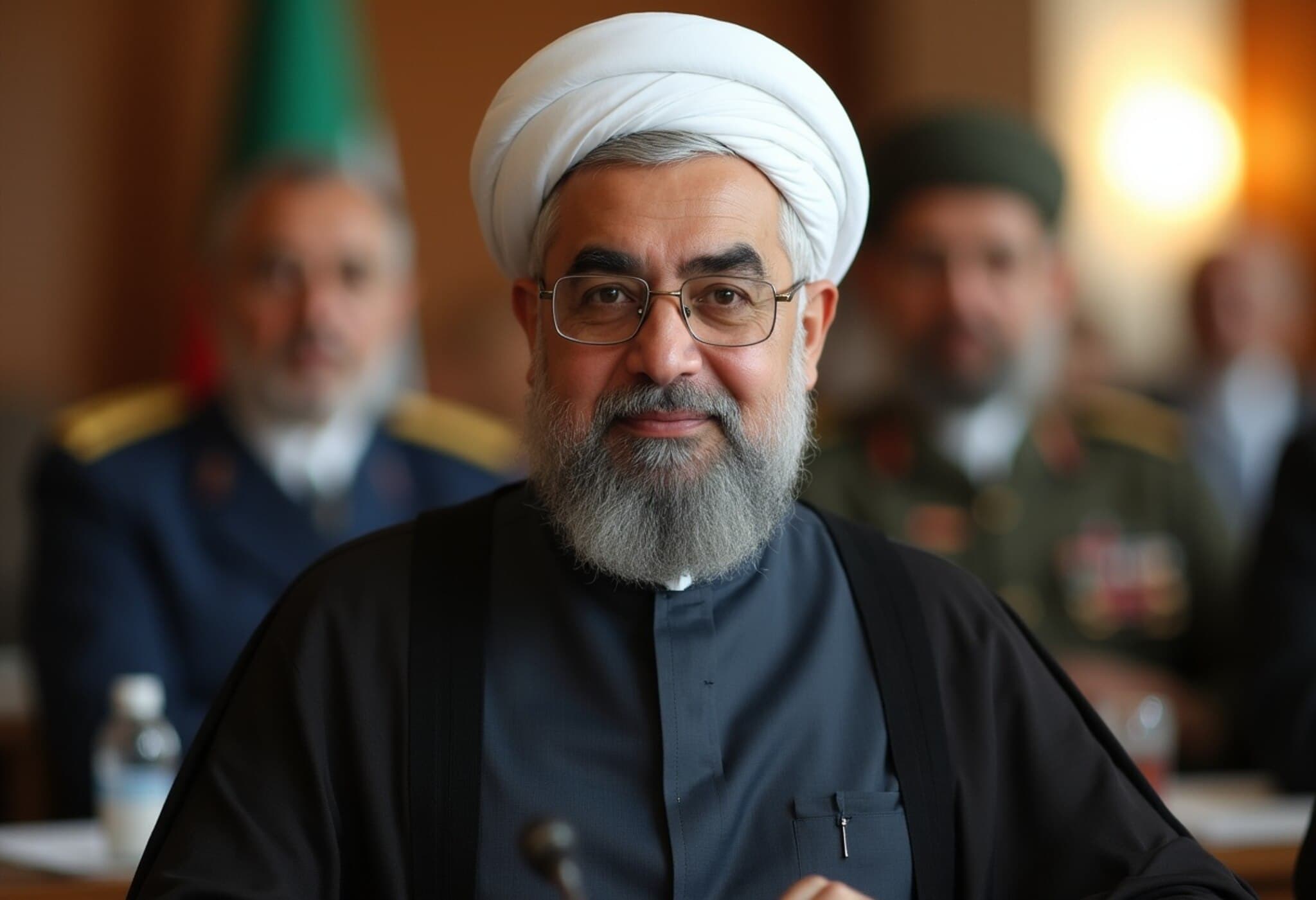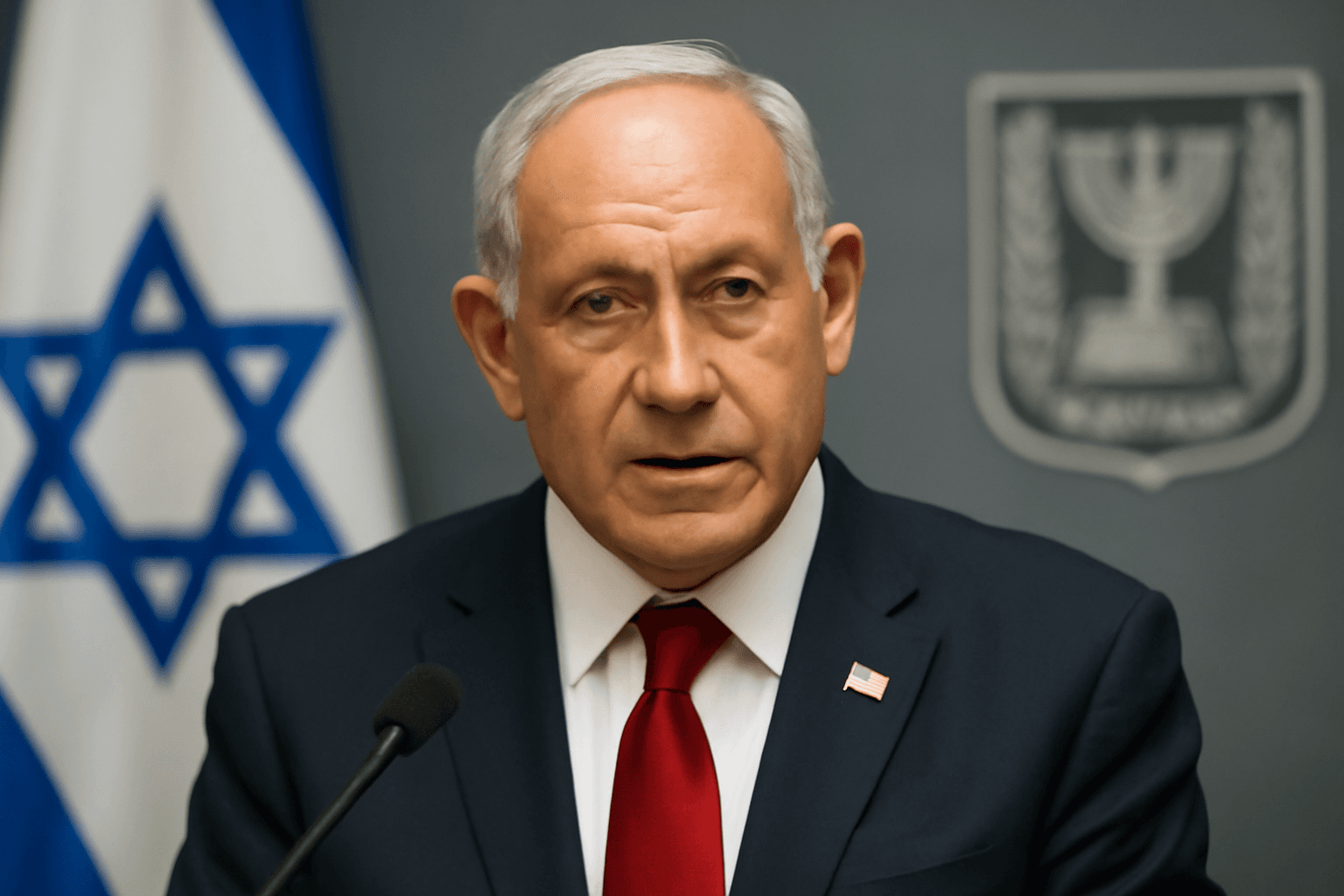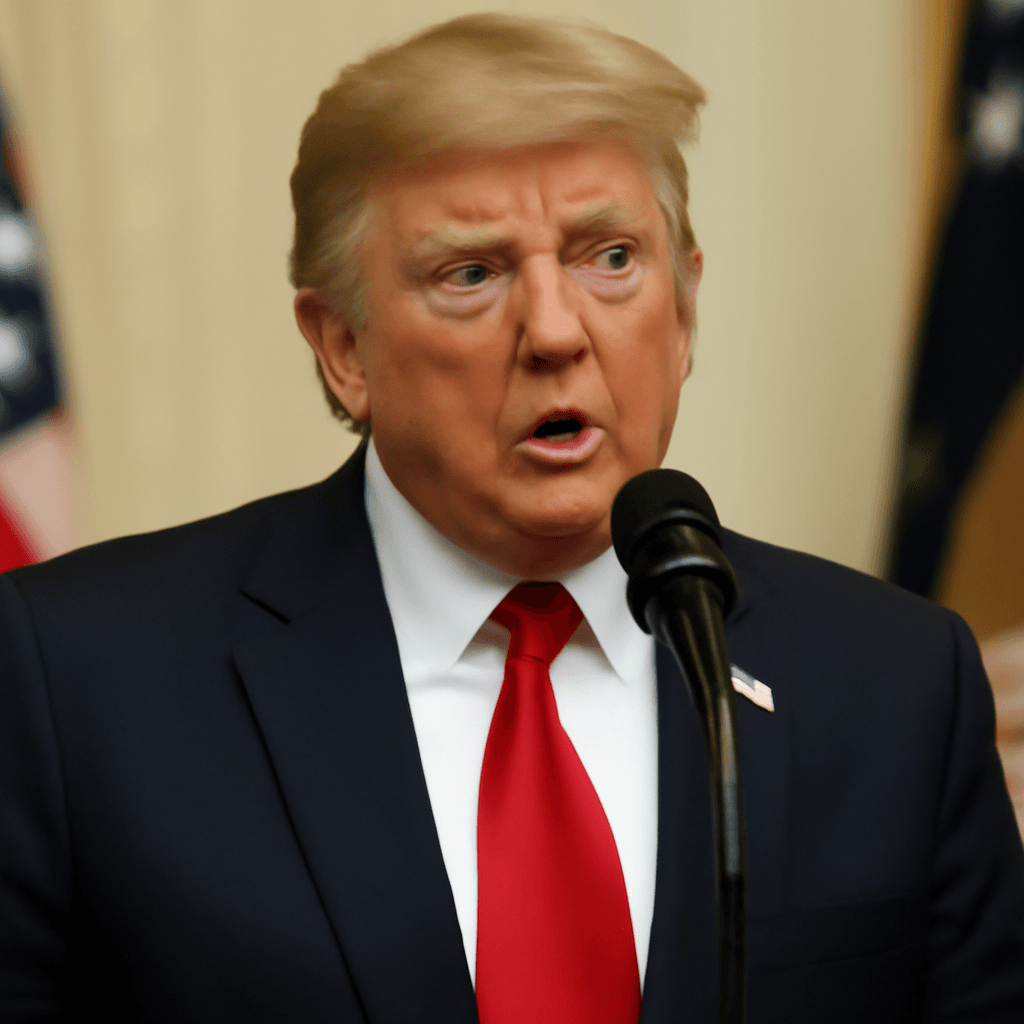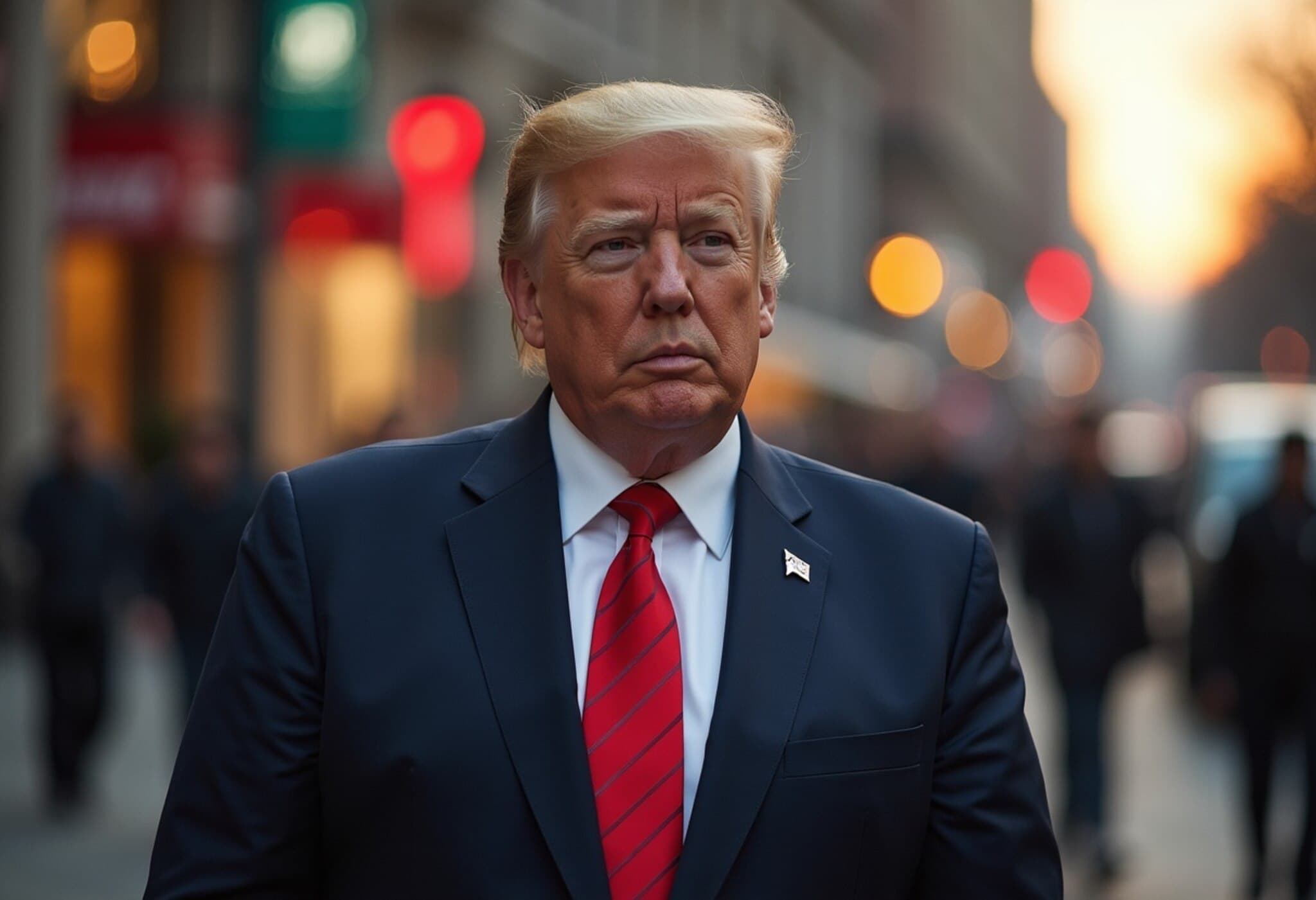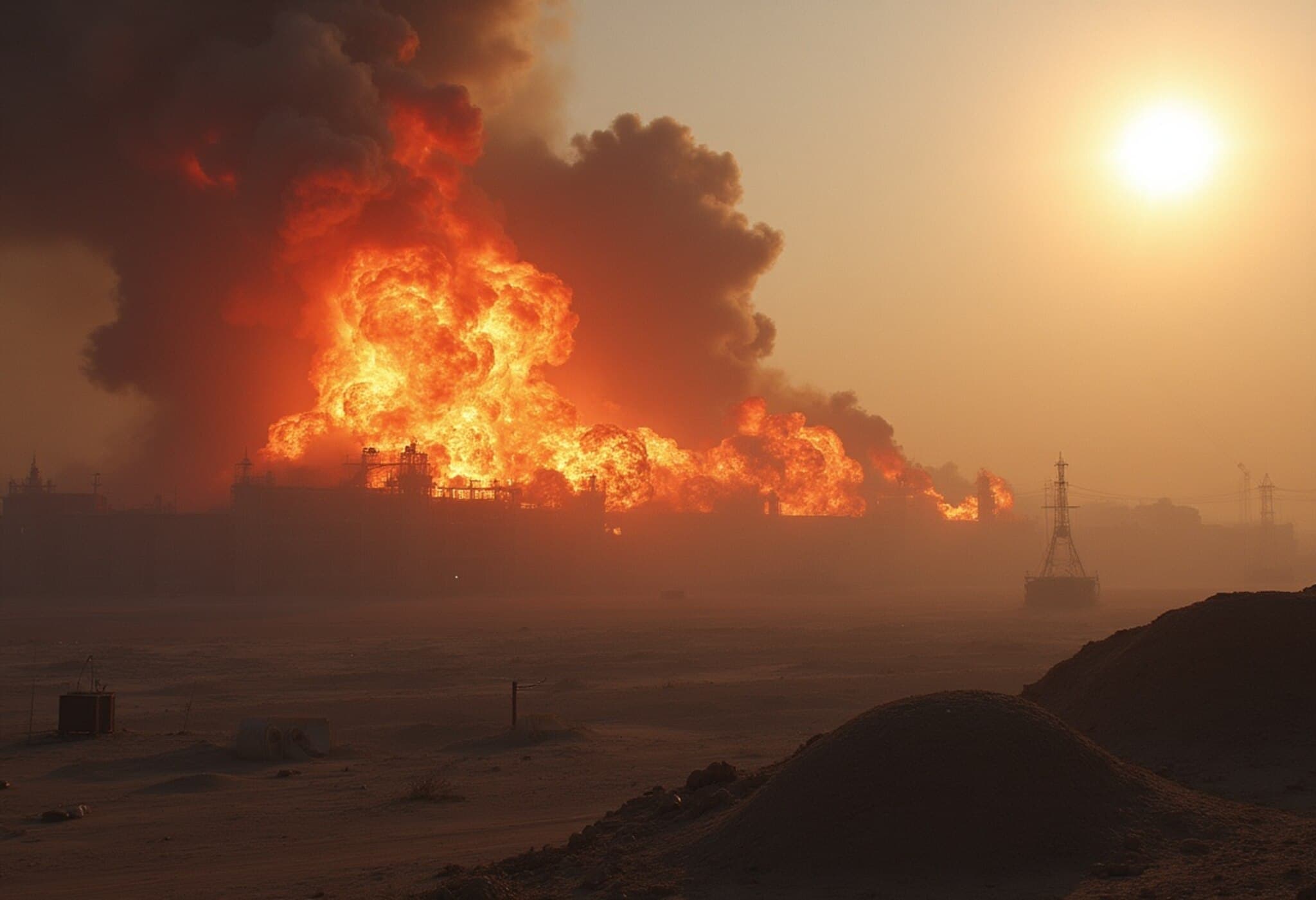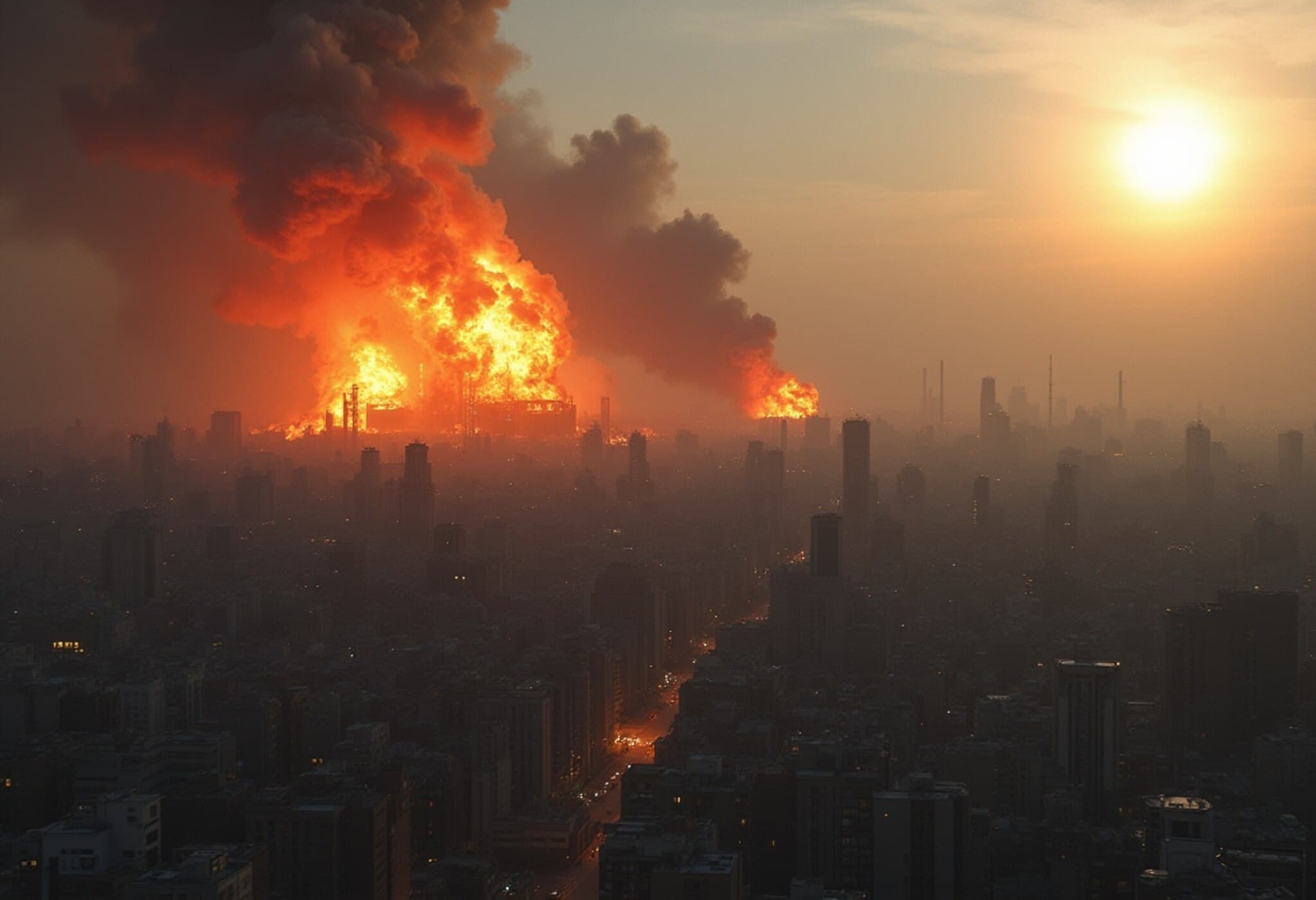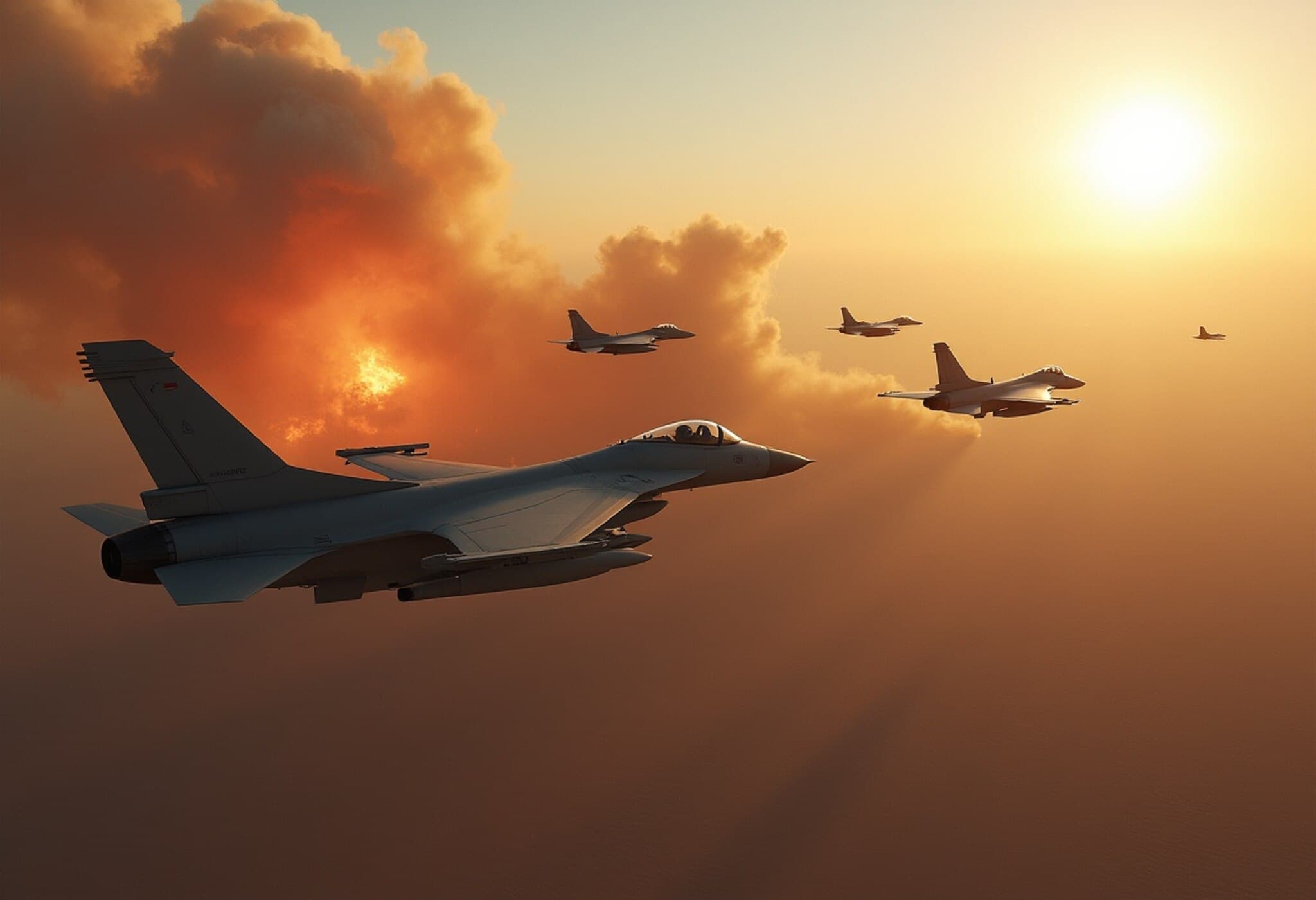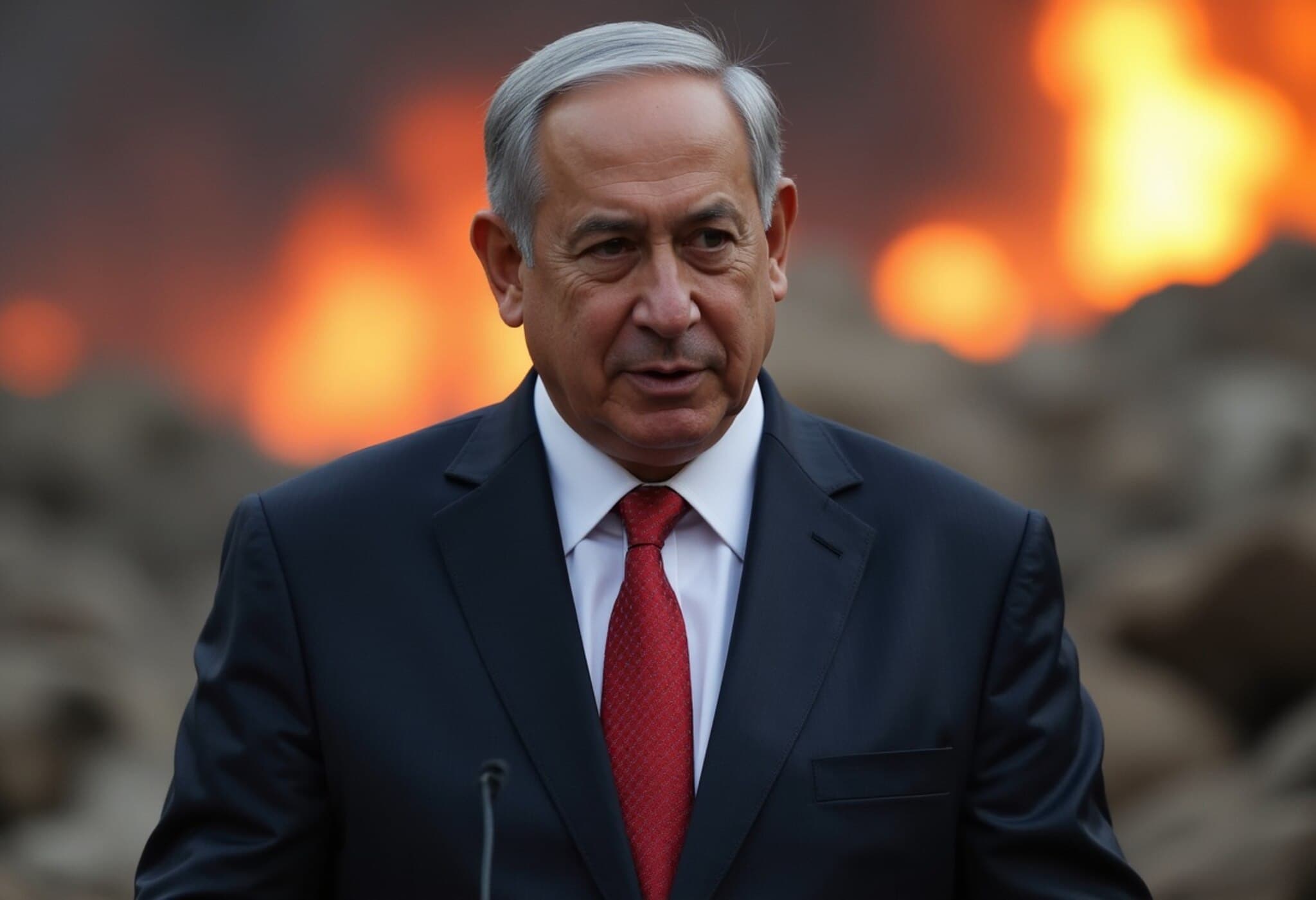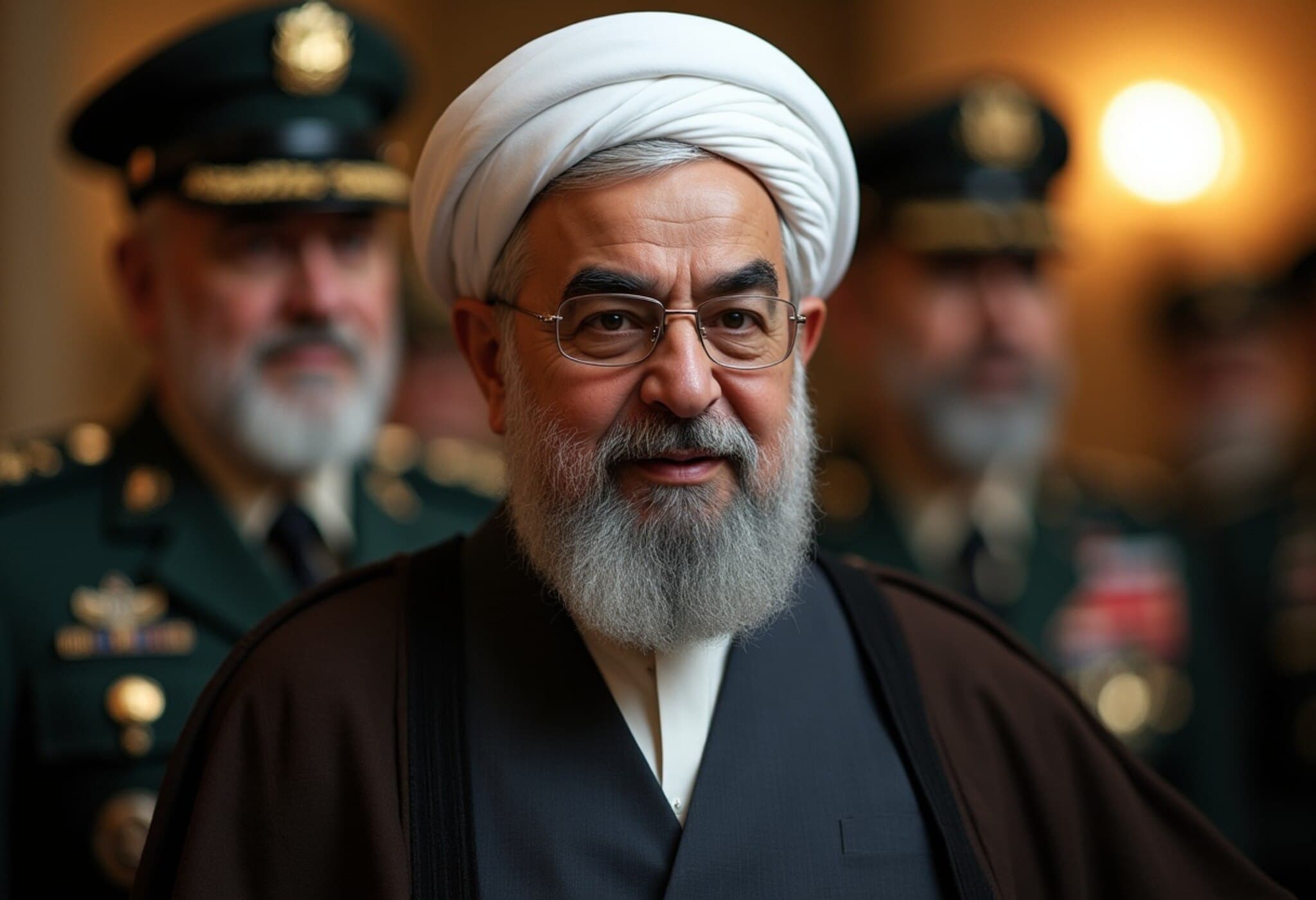US Intelligence Challenges Israel’s Nuclear Claims About Iran
Last week, Israel launched a military offensive targeting Iran’s nuclear facilities, asserting that Tehran was mere months away from developing a nuclear weapon. Israeli officials described Iran as having crossed a "point of no return" in its nuclear program, using these warnings to justify the airstrikes.
The Fallout So Far
Since the operation began, the conflict has tragically claimed lives on both sides—with at least 224 fatalities in Iran and 24 in Israel.
Contrasting Intelligence Findings
Despite Israel’s assertions, a fresh assessment by US intelligence agencies paints a notably different picture. According to a senior American official, while Iran is indeed advancing in its nuclear technology, it remains at least three years away from actually producing a nuclear weapon. The official acknowledged Iran is "about as close as you can get before building" a bomb but has yet to cross that critical threshold.
Impact of the Israeli Strikes
Satellite imagery confirms significant damage at two key sites: Natanz, Iran’s primary uranium enrichment facility, and a nuclear research center in Isfahan. However, Israel’s attacks notably spared the fortified Fordow facility, which lies deeply buried underground. Military experts believe Israel currently lacks the firepower to seriously damage Fordow without US bunker-busting munitions and aerial assistance.
Former Middle East envoy Brett McGurk summarized the challenge succinctly: "Israel can hover over those nuclear facilities, render them inoperable, but if you really want to dismantle them it's either a US military strike or a deal."
The US’s Complex Role
US President Donald Trump has publicly stated the United States is not directly involved in the conflict, leaving open—but not committing to—the possibility of intervention. "We're not involved. It's possible we could get involved. But we are not at this moment," he said in comments last Sunday.
Still, the US has been bolstering its military presence in the region, aiming to protect American personnel and support Israel’s defense efforts if necessary.
Intel Disagreements and Political Reactions
Earlier in March, Director of National Intelligence Tulsi Gabbard testified that Iran is not actively developing nuclear weapons and that Supreme Leader Ayatollah Khamenei had not revived the nuclear weapons program that was halted in 2003. President Trump dismissed this view, insisting, "I don't care what she said. I think they were very close to having it."
Meanwhile, the International Atomic Energy Agency (IAEA) has raised alarms over the quantity of uranium Iran has accumulated, warning it could be enough to produce up to nine nuclear bombs. The agency described this as "a matter of serious concern."
Israel’s Stance Amid Conflicting Reports
When pressed about the differences between US intelligence and its own assessments, Israeli Prime Minister Benjamin Netanyahu refrained from offering a direct response. Instead, he emphasized on a news broadcast, "The intel we got, and we shared with the United States, was absolutely clear: they were working, in a secret plan to weaponize the uranium. They were marching very quickly."
What Lies Ahead?
The situation presents a tangled dilemma for all parties involved. Israel's limited ability to neutralize Iran's nuclear sites means that only a combined effort or diplomatic negotiations might truly halt Tehran’s progress. At the same time, US reluctance to directly enter the conflict complicates the strategic landscape, raising the stakes for all in the region.
The ongoing tension keeps international focus sharply tuned to developments in Iran's nuclear capacity, Israel's security responses, and the broader geopolitical ripples across the Middle East.

